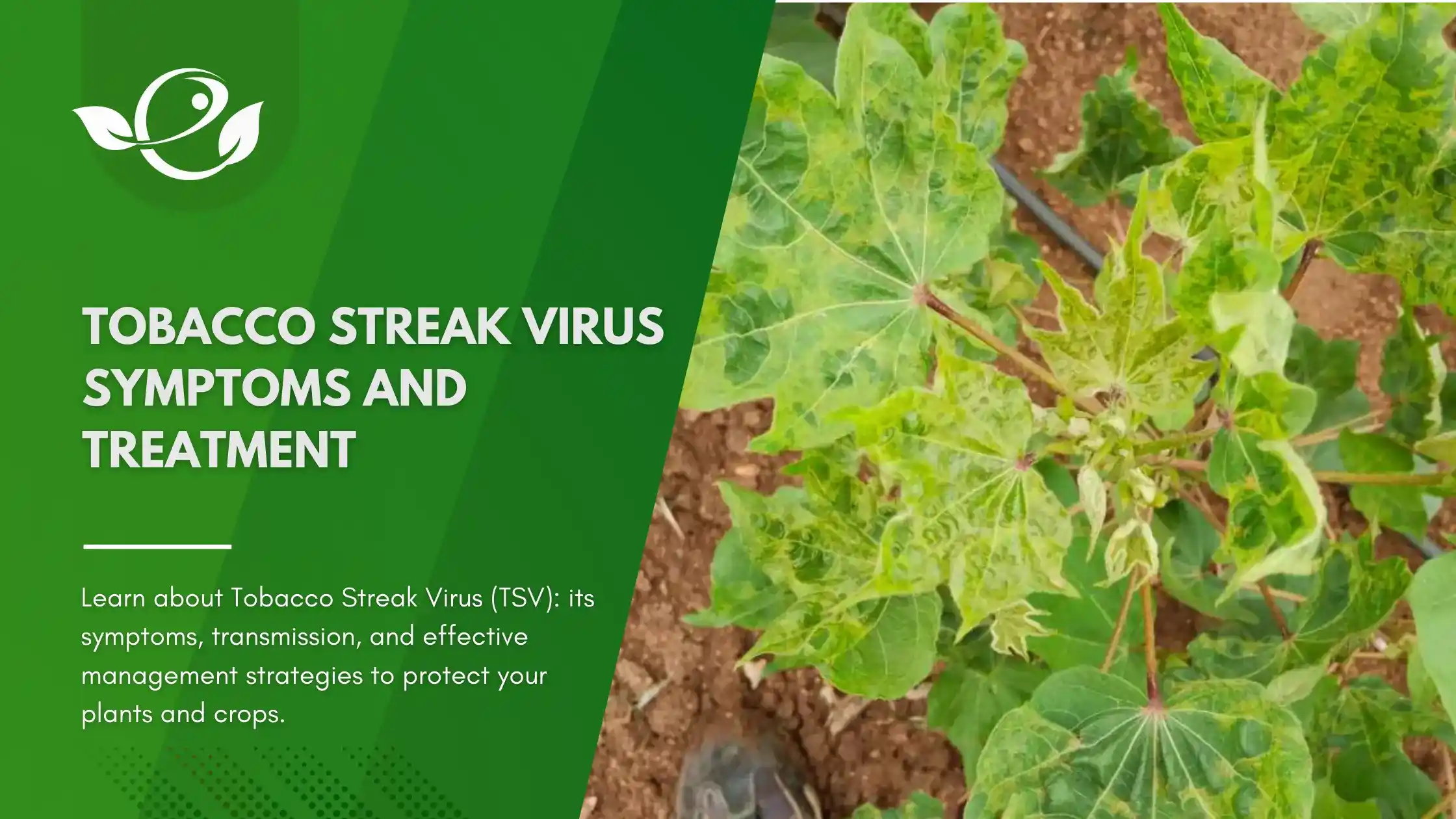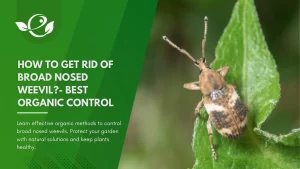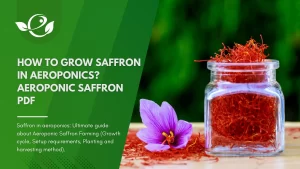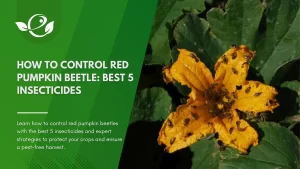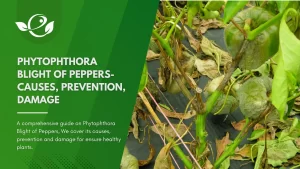Table of Contents
Tobacco Streak Virus (TSV) is a significant agricultural threat that poses challenges to farmers and gardeners worldwide. Its insidious nature makes it a formidable opponent in the world of plant pathogens, silently spreading through fields and gardens, diminishing crop yields and quality. Despite being first identified in tobacco, Tobacco Streak Virus affects a wide range of plant species, including vital crops like tomatoes, cotton, sunflowers, and various ornamental plants. Understanding the Tobacco Streak Virus is crucial for anyone involved in agriculture, horticulture, or simply passionate about healthy plant cultivation.
TSV isn’t just another plant virus; it’s a complex entity with the ability to cause substantial economic losses. Infected plants exhibit a variety of symptoms that can easily be mistaken for other diseases or environmental stresses. However, with careful observation and knowledge, it’s possible to identify TSV early and take steps to mitigate its impact. Effective management and control of the Tobacco Streak Virus rely on an integrated approach that combines cultural practices, biological controls, and chemical treatments. This guide delves deep into the world of the Tobacco Streak Virus, offering insights into its symptoms, transmission, and most importantly, strategies for prevention and management.
Understanding Tobacco Streak Virus
What is the Tobacco Streak Virus?
Tobacco Streak Virus belongs to the genus Ilarvirus and is part of the Bromoviridae family. It is a single-stranded RNA virus that infects a wide range of host plants. Though named after tobacco, its influence extends far beyond this initial host, affecting over 200 plant species across different families. Tobacco Streak Virus has become a major concern for agricultural industries due to its ability to cause significant crop losses and reduced quality in produce.
The virus is notorious for its broad host range, affecting not only economically important crops like cotton, groundnuts, and tomatoes but also various ornamental plants. TSV’s ability to infect such a diverse range of plants underscores the importance of vigilant monitoring and comprehensive management practices.

Transmission
Tobacco Streak Virus is primarily transmitted by thrips, tiny insects that feed on plant sap. Thrips acquire the virus while feeding on infected plants and can transmit it to healthy plants during their feeding activities. The virus can also be spread through contaminated seeds and mechanically via tools and equipment used in gardening and farming practices. This multi-modal transmission makes TSV particularly difficult to control, as it can spread rapidly through thrips movement, contaminated plant material, and improper handling.
Environmental conditions play a crucial role in the spread of TSV. Thrips thrive in warm, dry conditions, which are often ideal for Tobacco Streak Virus outbreaks. Understanding these transmission pathways is critical for developing effective prevention and control measures.
Symptoms of Tobacco Streak Virus
Visual Symptoms on Plants
Tobacco Streak Virus manifests through a variety of symptoms that can affect different parts of the plant, including leaves, stems, and flowers. Common symptoms include:
- Leaf Streaking: One of the most noticeable signs of TSV is the appearance of dark streaks or lines on the leaves. These streaks are usually accompanied by necrotic spots, where the leaf tissue dies and turns brown or black.
- Veins Infected: The veins of infected leaves become yellow, thickened and deformed. Symptoms are more frequent on younger leaves which appear paler than healthy ones, often with stunted growing tips.
- Necrosis: Initially, infected plants develop small, irregular chlorotic areas or discolourations on the leaves, which range from 2-5 mm in diameter. Over time, they become large angular chlorotic or necrotic patches (yellow to brown) ranging from 5-15 mm in diameter, which appear as an irregular mosaic pattern on leaves. Leaves become necrotic and may shed prematurely, resulting in reduced canopy and stunting of plants.
- Chlorosis: TSV often causes chlorosis, where the leaves turn yellow due to the breakdown of chlorophyll. This can reduce the plant’s ability to photosynthesize, weakening its overall health and vigor.
- Stunted Growth: Infected plants typically exhibit stunted growth, characterized by reduced plant size, smaller leaves, and delayed flowering. This stunting can severely impact crop yields and quality.
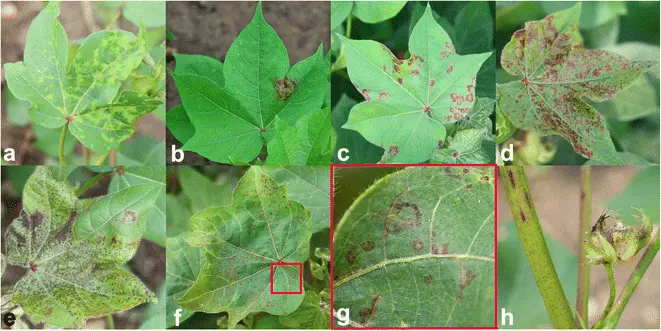
These symptoms can vary depending on the host plant species and environmental conditions. For example, in tomatoes, TSV may cause ring spots on leaves and fruits, while in sunflowers, it can lead to severe leaf necrosis and distorted growth.
Effects on Yield and Quality
The impact of TSV on crop yield and quality can be devastating. Infected plants often produce fewer fruits or seeds, and the quality of the produce is typically reduced. For example, tomatoes infected with TSV may develop spots and blemishes, making them less marketable. In cotton, TSV can cause bolls to drop prematurely, significantly reducing yield.
Economic losses from TSV are not limited to reduced yield; they also extend to increased management costs and the potential need to replant crops. The virus can also affect the overall aesthetics of ornamental plants, reducing their value in the horticulture industry.
Identification and Diagnosis
Accurate identification of TSV is essential for effective management. Visual symptoms alone can be misleading, as they often resemble those caused by other viruses or environmental stresses. For precise diagnosis, laboratory tests such as Enzyme-Linked Immunosorbent Assay (ELISA) and Polymerase Chain Reaction (PCR) are commonly used. These tests can detect the presence of TSV in plant tissues, allowing for early intervention and management.
Treatment and Management of Tobacco Streak Virus
Preventive Measures of Tobacco Streak Virus
Prevention is the most effective strategy for managing TSV, as there are no direct treatments once a plant is infected. Key preventive measures include:
- Use of Virus-Free Seeds and Planting Material: Ensuring that seeds and other planting materials are free from TSV is a critical step in prevention. This can be achieved by sourcing seeds from reputable suppliers who test for TSV.
- Crop Rotation: Implementing crop rotation can help reduce the risk of TSV by disrupting the virus’s lifecycle. Rotating with non-host crops can minimize the buildup of virus reservoirs in the soil.
- Thrips Management: Since thrips are the primary vectors of TSV, managing their population is crucial. This can be done through the use of insecticides, introducing natural predators like lacewings, or employing cultural practices such as reflective mulches that repel thrips.
- Use healthy planting material from reliable sources.
- Maintain strict hygiene measures with all tools involved in cotton cultivation.
- Check your plants or field for any sign of the disease and vectors such as aphids and thrips.
- Do not spread suckers between fields.
- Avoid planting alternative hosts of tobacco streak virus e.g. asparagus, strawberry, soybean, sunflowers, lettuce, tobacco in vicinity to the cotton field.
Cultural Control of Tobacco Streak Virus
Cultural controls involve modifying farming practices to reduce the incidence and spread of Tobacco Streak Virus. Key strategies include:
- Proper Sanitation: Remove infected plants and debris from fields, and destroy them by digging or burning them. It’s important to clean tools and equipment between uses to avoid mechanical transmission of the virus.
- Avoiding Mechanical Damage: Minimizing mechanical damage to plants during cultivation can reduce the risk of TSV infection, as wounds can serve as entry points for the virus.
- Adjusting Planting Dates: Timing plantings to avoid peak thrips activity can help reduce the likelihood of TSV transmission. Early or late planting can be effective in some regions.
Chemical Control of Tobacco Streak Virus
While there are no chemical treatments that can directly cure TSV, insecticides can be used to control thrips populations. However, reliance solely on chemicals is not recommended due to potential resistance development and environmental impacts. Always consider an integrated approach with preventive measures together with biological treatments if available. Direct treatment of viral diseases is not possible, but vectors like thrips, aphids and other sucking insects can be controlled to a certain degree. Check the database for chemical treatments against thrips and aphids for further information, for example fipronil (2 ml/l) or thiamethoxam (0.2 g/l).
Resistant Varieties
Developing and planting TSV-resistant varieties is one of the most effective long-term strategies for managing the virus. While there are limited resistant varieties currently available, ongoing research aims to develop new cultivars with improved resistance to TSV. Resistant varieties can significantly reduce the need for other control measures and offer a more sustainable solution to managing the Tobacco Streak Virus.
Integrated Disease Management (IDM) for TSV
Integrated Disease Management (IDM) combines multiple strategies to manage TSV in a holistic and sustainable manner. By integrating cultural, biological, and chemical controls, IDM aims to reduce the impact of TSV while minimizing the environmental and economic costs.
Combining Multiple Strategies
An effective IDM strategy for TSV involves:
- Cultural Practices: Implementing crop rotation, sanitation, and adjusting planting dates to reduce TSV incidence.
- Biological Controls: Introducing natural predators of thrips and using virus-free planting material to limit TSV spread.
- Chemical Controls: Applying insecticides judiciously to manage thrips populations, ensuring they are used in combination with other methods to prevent resistance buildup.
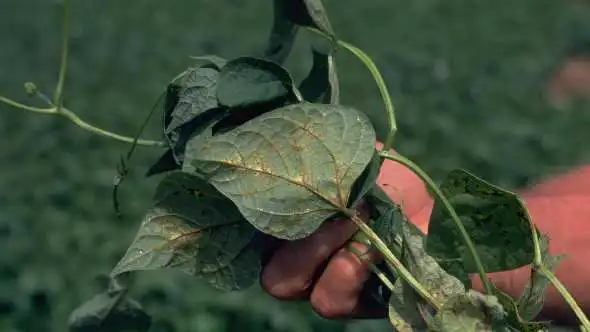
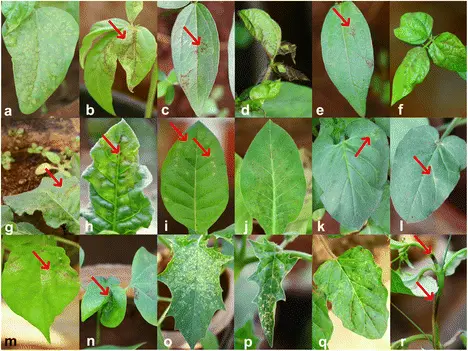
Future Directions and Research
Current Research Trends
Research on the Tobacco Streak Virus is ongoing, with a focus on understanding the virus’s genetics, improving diagnostic techniques, and developing resistant plant varieties. Advances in molecular biology are providing new insights into how Tobacco Streak Virus interacts with its host plants and vectors, leading to more effective management strategies.
Challenges in Management
Despite progress, managing TSV remains challenging due to the virus’s broad host range and adaptability. Emerging strains of TSV and evolving resistance in thrips are ongoing concerns that require continuous research and development. Additionally, climate change may alter the distribution and prevalence of TSV, necessitating adaptive management strategies.
Conclusion
Tobacco Streak Virus is a complex and challenging pathogen that requires a comprehensive approach to management. Early detection, combined with preventive measures and integrated disease management strategies, can help mitigate the impact of TSV on crops and ornamental plants. By staying informed and adopting best practices, farmers and gardeners can protect their plants from this damaging virus.
FAQ
What plants are commonly affected by the Tobacco Streak Virus?
Tobacco Streak Virus affects a wide range of plants, including tobacco, tomatoes, cotton, sunflowers, and various ornamental species.
How is the Tobacco Streak Virus transmitted?
TSV is primarily transmitted by thrips, but it can also spread through contaminated seeds and mechanical means.
Can the Tobacco Streak Virus be cured?
There is no cure for TSV once a plant is infected. Management focuses on prevention and control through cultural, biological, and chemical measures.
What are the key symptoms of TSV?
Common symptoms include leaf streaking, necrosis, chlorosis, and stunted growth.
